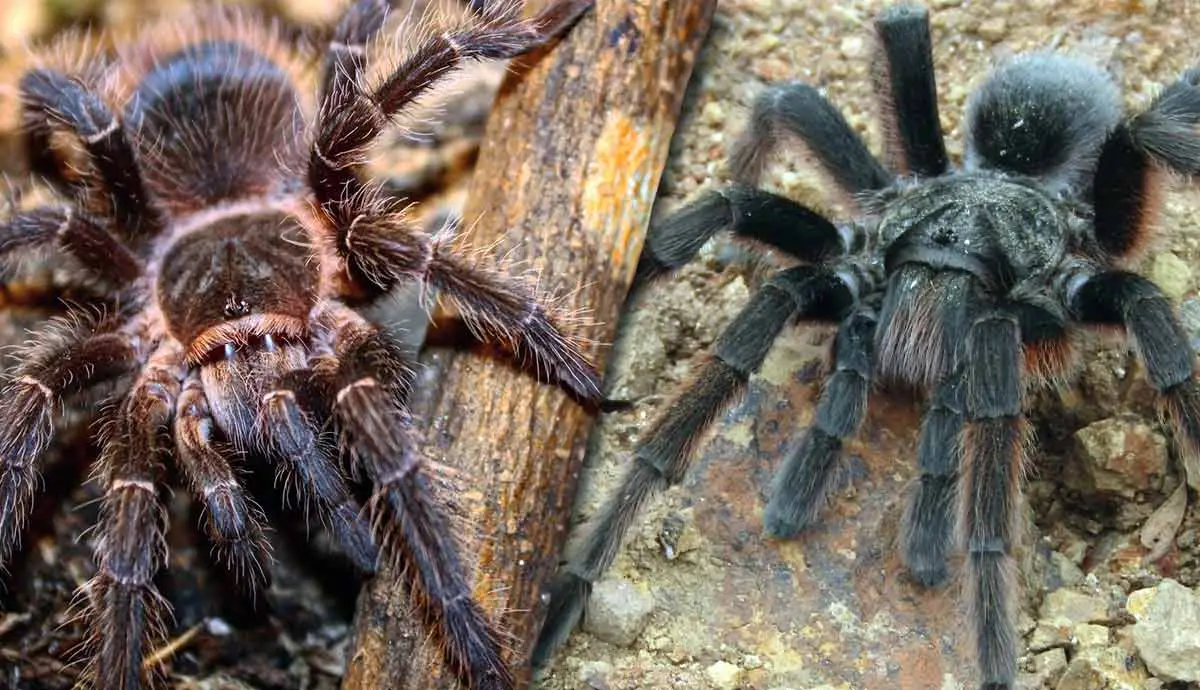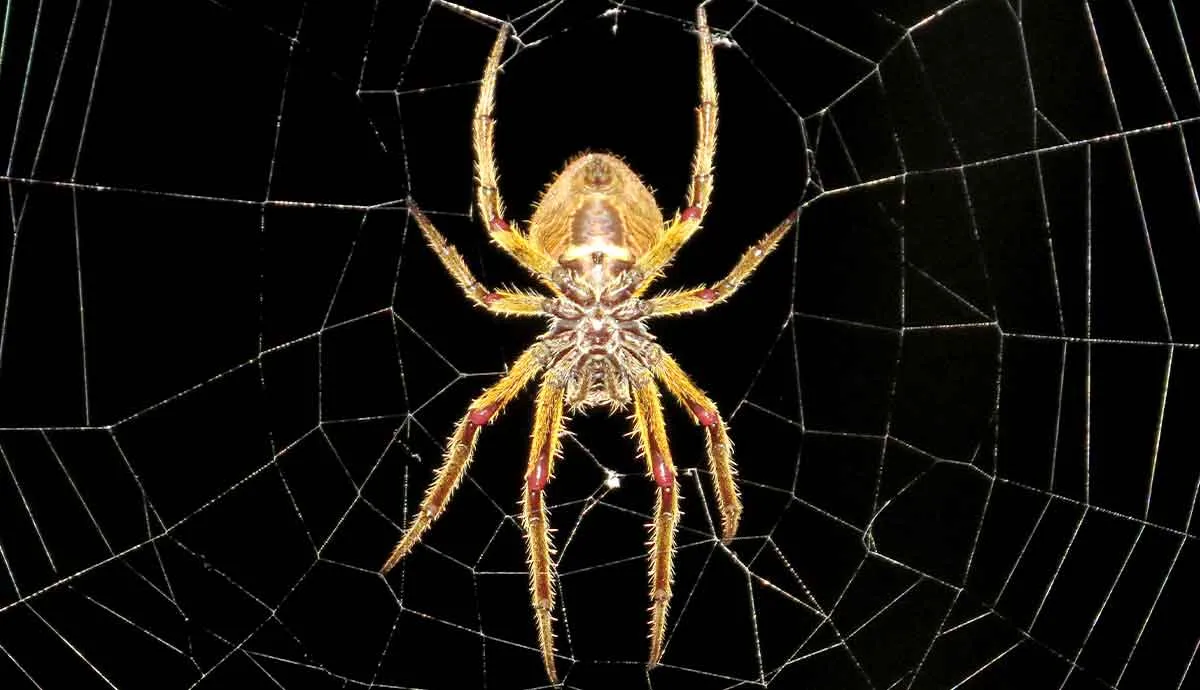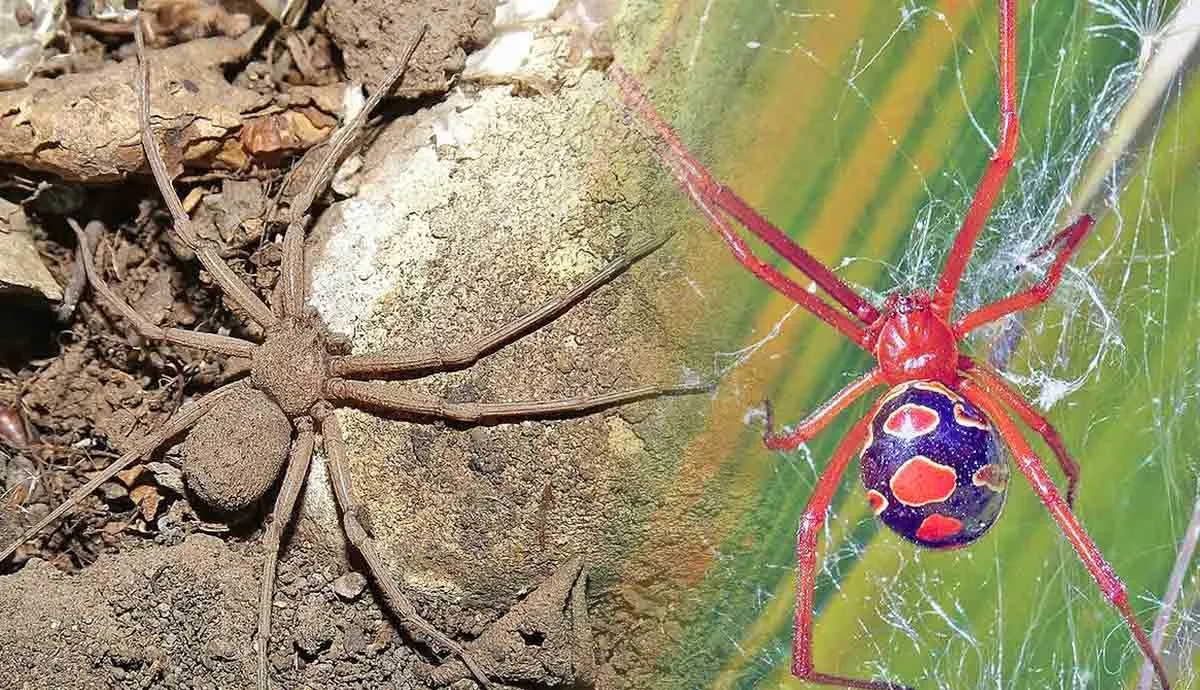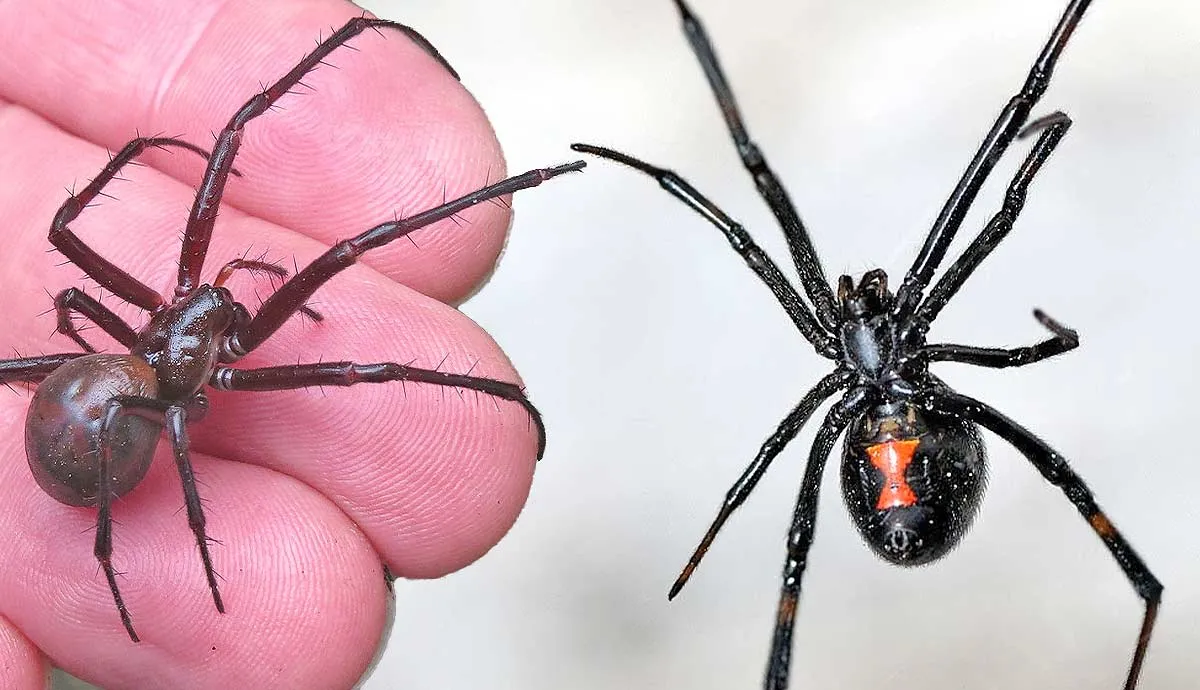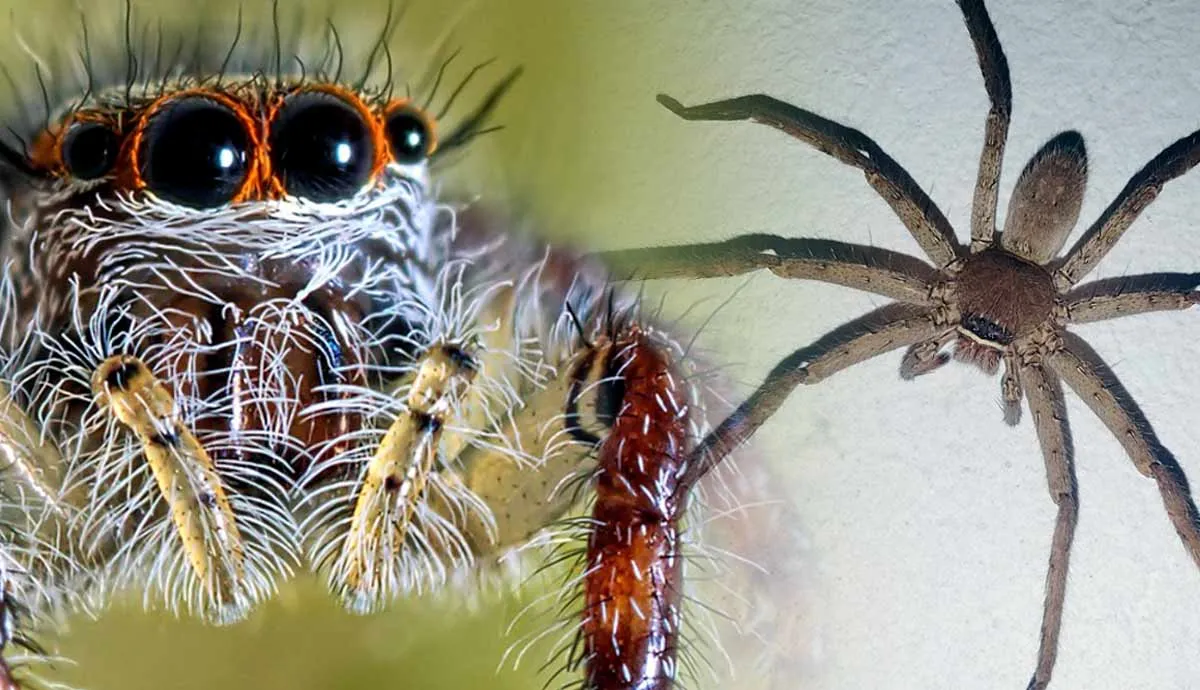Spiders are found in almost every corner of the world. But while we’re used to encountering smaller versions of them in our homes, we’re reminded that there are species out there that almost rival the size of a common house cat! Spiders are measured according to their leg span. In this blog, we’re going to introduce you to the 10 largest spiders in the world. And tell you exactly which areas to avoid if you're arachnophobic.
10. The Sand-Dwelling Huntsman Spider
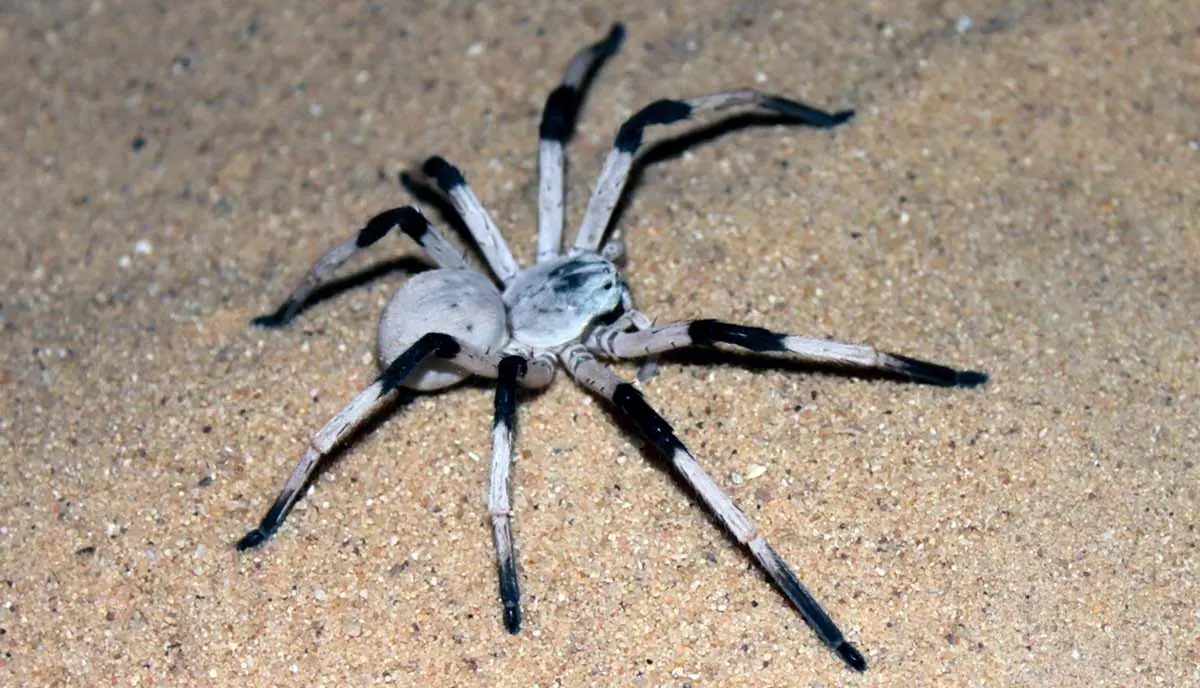
Found in the arid deserts of Israel and Jordan, the Sand-Dwelling Huntsman Spider sports a legspan of up to 5.5 inches. Commonly known as the Cerbalus Aravaensis, this spider is the second largest Spider found in the Middle East.
Like most dessert-dwelling species, this spider is nocturnal, burying itself in sandy burrows to hide from the scorching sun and predators alike.
9. Brazilian Wandering Spider
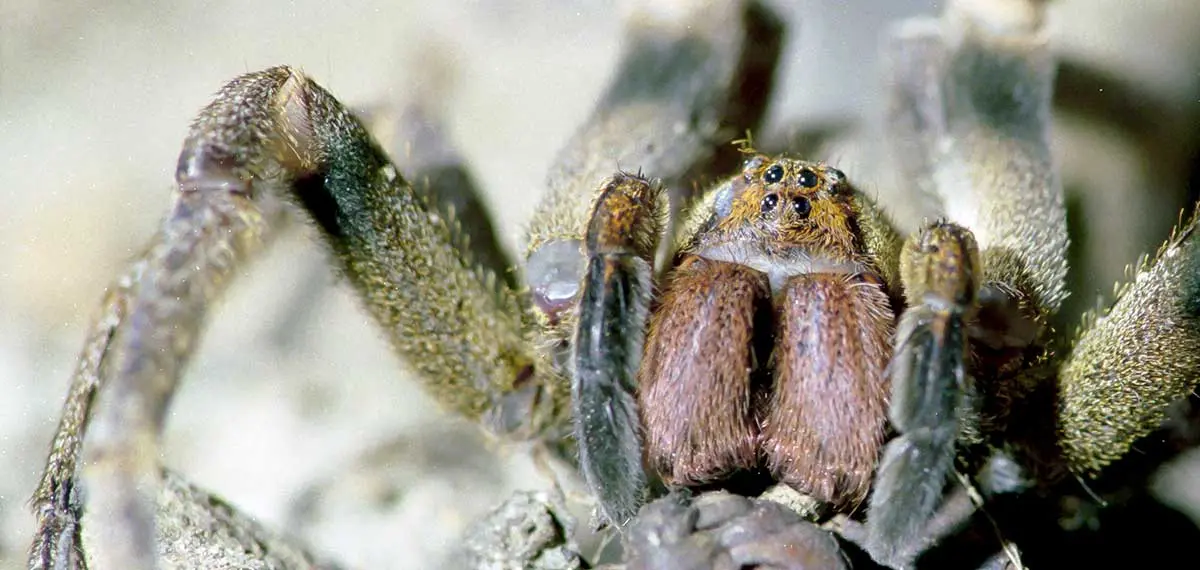
The Brazilian Wandering Spider not only falls into our list of the biggest spiders in the world, but it is also one of the most venomous spiders in the world.
Despite their name, they’re not only endemic to Brazil but can be found across South America. Their legs pan reaches approximately 6.2 inches, with rumors of some specimens even reaching 7 inches.
Adults are generally easy to spot, but juveniles like to hide in thick vegetation!
8. Camel Spider

The Camel Spider, while a part of the Arachnid family, looks more like an alien than a spider. These grotesque-looking insects can measure in at a terrifying 6 inches and reside in deserts of the Middle East.
These incredible predators hunt anything from insects to small birds and have a bite that’s said to be very painful, but not lethal to humans. And despite their name, they are not, in fact, spiders, but are Solpugids, a close spider relative. That explains the extra legs!
7. Chaco Golden-Knee Tarantula
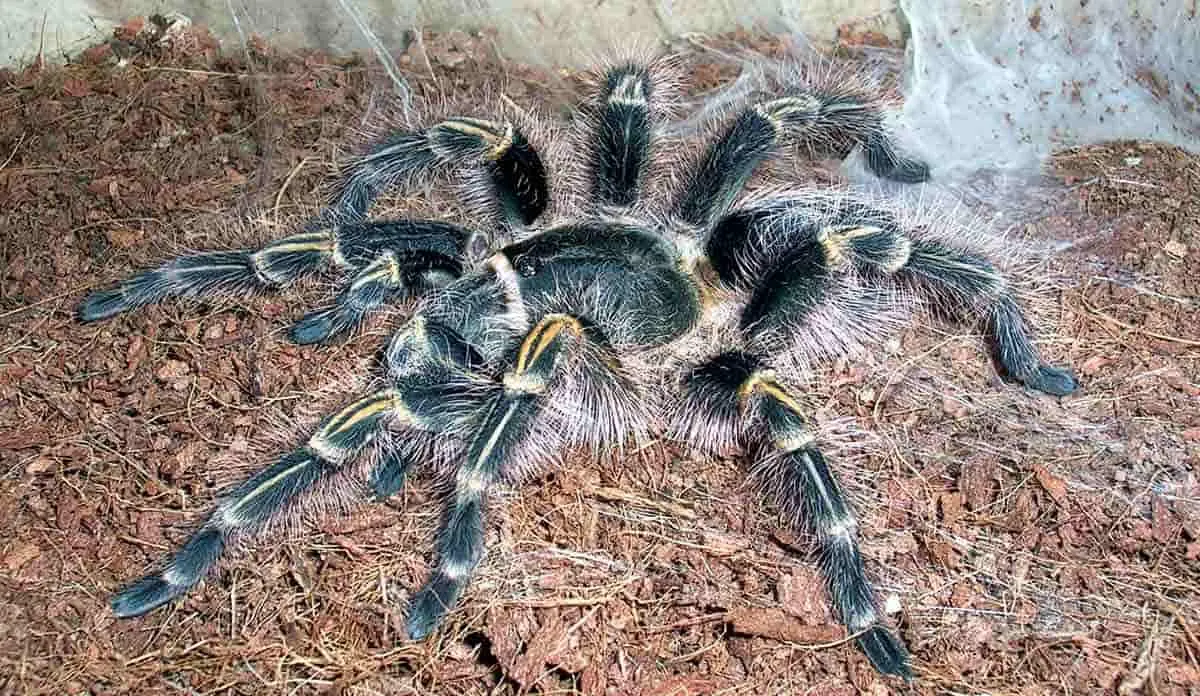
Chaco Golden-Knee Tarantulas are native to the wilds of Paraguay and Argentina and measure between 7 to 8 inches. Like most tarantulas, they prefer to burrow, making them a rare sight to see outside of those kept in captivity.
Their diet consists of insects, mainly. But small frogs and lizards do occasionally join the menu.
Their name comes from their stunning coloration as adults. Golden stripes adorn their legs while the rest of their body is a dark brown.
Chaco Golden-Knee Tarantulas do carry a mild venom, but their main defense against threats is their urticating hairs.
6. Hercules Baboon Spider
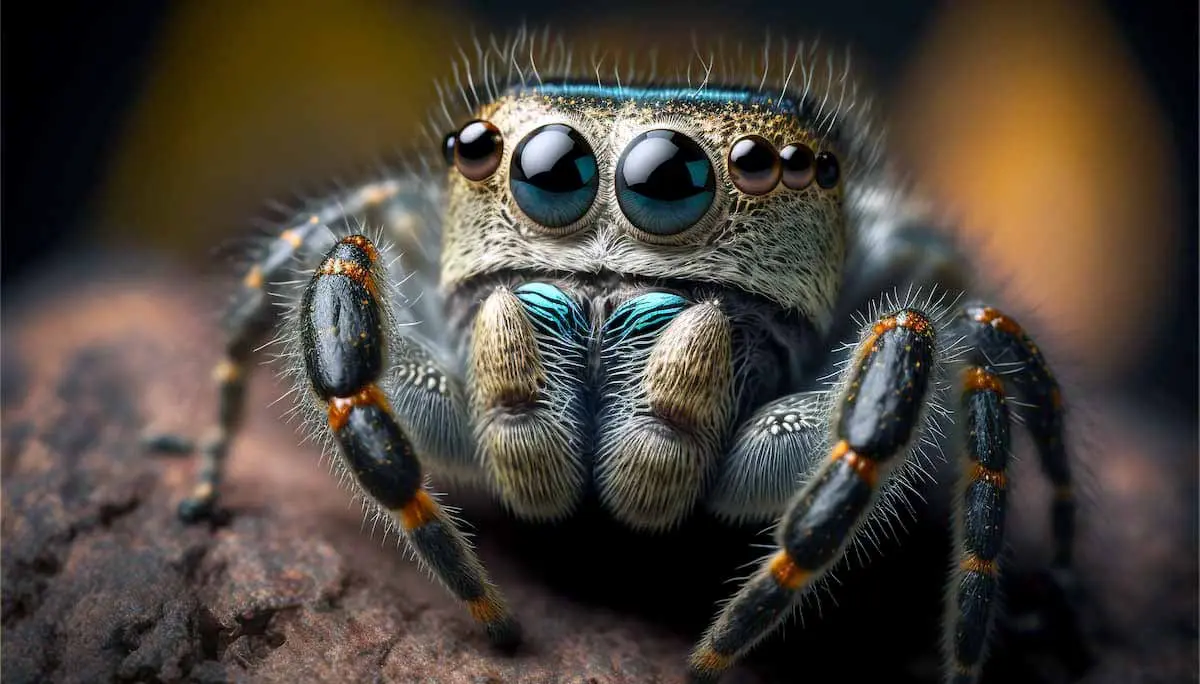
The Herculese Baboon Spider is a rare, large spider found in Northern Africa. It can reach a legspan of up to 8 inches. Not much is known about the characteristics and behavior of the Herculese Baboon Spider, although it has been classified as being part of the Tarantula family.
It has rarely been spotted in the wild since the 1900s, and continues to be an elusive treasure to scientists. London’s Natural History Museum currently houses one of the only known specimens of this spider.
5. Face-Sized Tarantula

With a name like that, the Face-Sized Tarantula certainly deserves a spot on our list. These spiders measure close to 8 inches.
They are an arboreal spider, residing in the trees of Sri Lanka, and were first discovered by scientists in 2009. Like the aforementioned Hercules Baboon Spider, the Face-Sized Tarantula is quite rare.
They are a threatened species, with deforestation driving their numbers dangerously low.
4. Brazilian Tawny Red Tarantula

The Brazilian Tawny Red Tarantula is native to the more arid regions of South America. They prefer biomes like deserts, grassland, and shrubland, with their coloration helping them blend seamlessly into their surroundings.
Their leg span reaches an impressive 10 inches. Like most tarantulas, they have a varied diet consisting of anything between insects and small rodents. They have a mild venom, that is not fatal to humans, and urticating hairs to ward off any threats.
Their name is derived from the red tinge of the hairs on their abdomen, which can come in shades of slight pink too!
3. Brazilian Salmon Pink Bird-Eating Tarantula
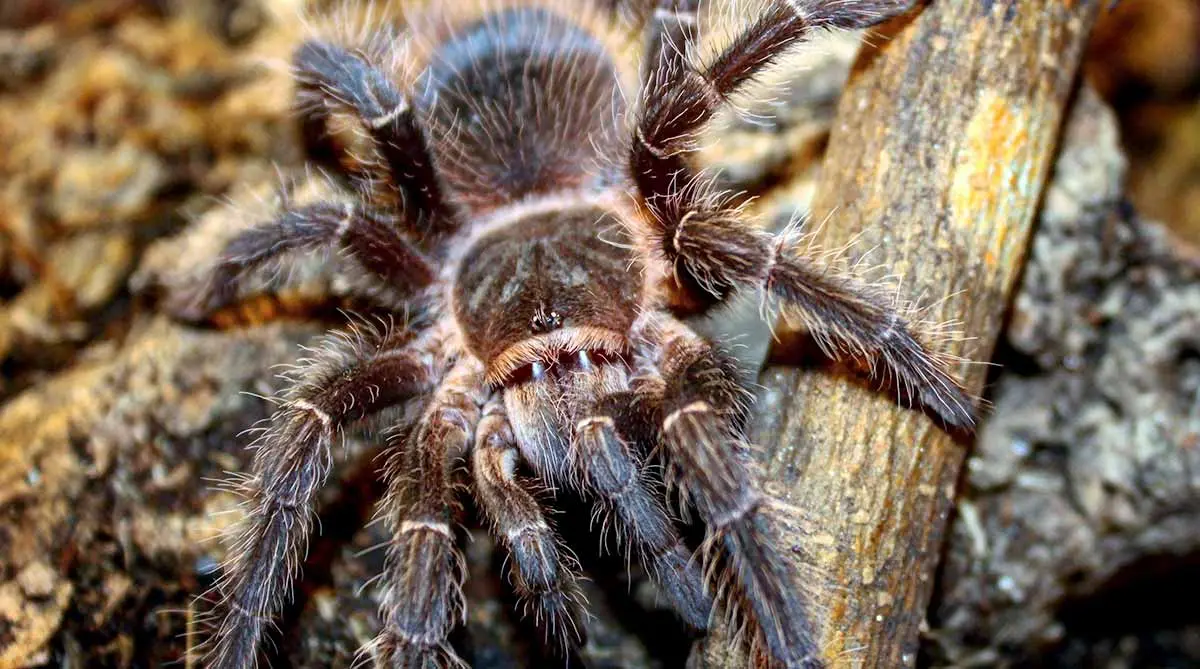
Not to be mistaken for our number one largest spider, the Brazilian Salmon Pink Bird-Eating Tarantula reaches a whopping 11-inch leg span!
Despite their name, their diet mainly consists of insects. Although, a feathered snack here and there is not uncommon.
They are relatively skittish, and, when threatened, flick their hairs at potential threats to distract them. As a burrowing species, they don’t spin the traditional webs we’re used to. Instead, they sometimes use single strands to alert them to prey while they wait beneath the substrate.
2. Giant Huntsman Spider
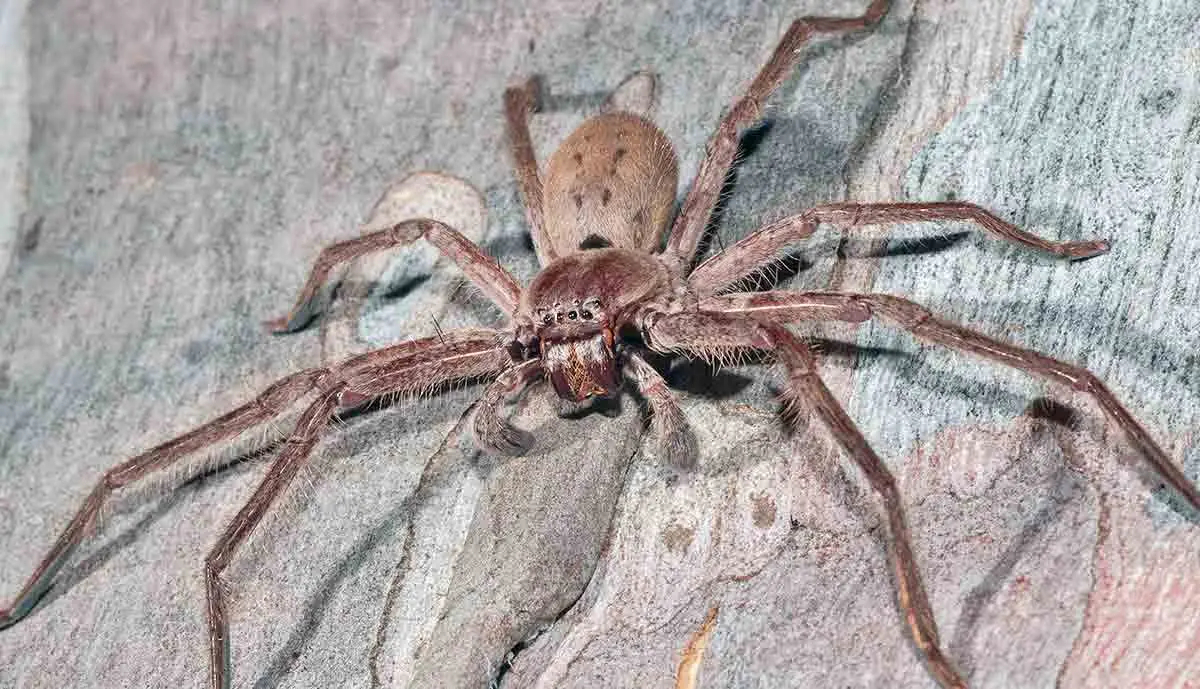
A common species in Australia, the Giant Huntsman Spider can reach the size of a dinner plate. Its leg span rivals that of our number one competitor on this list, at an eye-popping 12 inches!
They are often considered the world's largest spider by leg span, but they aren’t alone in that category. Giant Huntsman Spiders do not build webs but rather hunt their prey from burrows and crevices, which makes them common guests in Australian households.
1. Goliath Bird Eating Tarantula
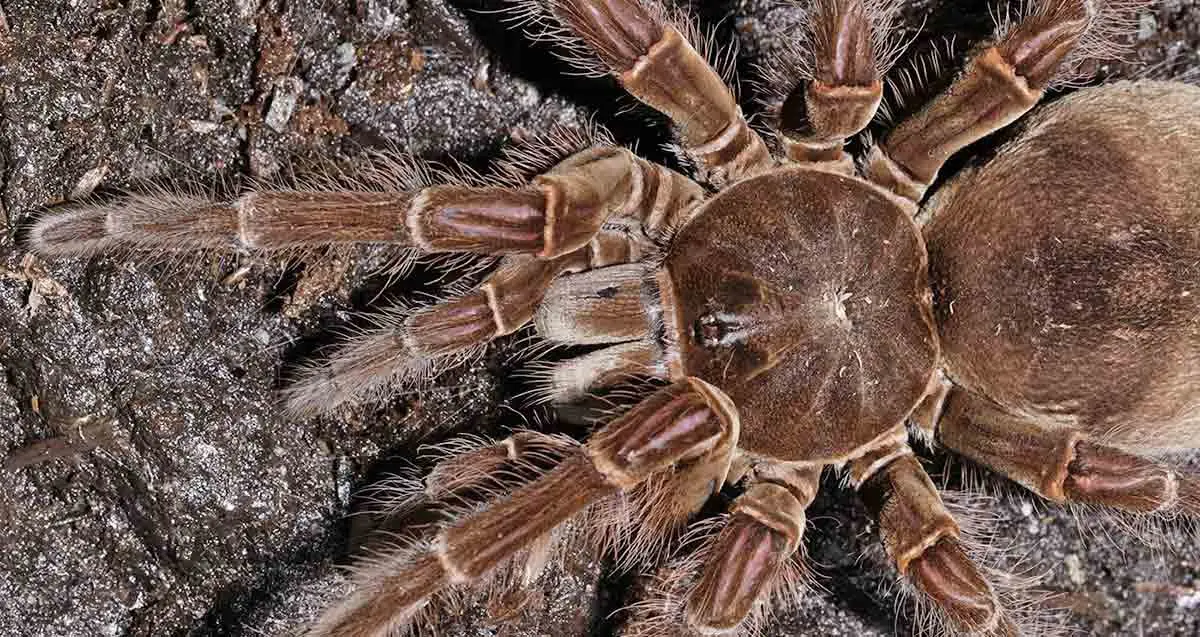
Our number one largest spider in the world is the Goliath Bird Eater. A spider that not only has the biggest legspan of all the species but also happens to be the heaviest! With a leg span of up to 12 inches and weighing in at a whopping 175 grams, this spider has been nicknamed the “King of Arachnids”.
This gargantuan spider has toppled records for years and ranks amongst the top tarantulas you want to know more about. Commonly found in the Northern reaches of South America, it is a notoriously skittish and aggressive arachnid. Their diet consists of birds, rodents, and insects.
There you have it, our list of the World’s Largest Spiders. From the deep, rich jungles of South America, across to the arid deserts of Australia, there’s hardly a corner on earth that these 8-legged creatures don’t inhabit. So if you’re looking to avoid some of the faces on our list, we suggest packing a bag and heading to the icy Antarctic!
